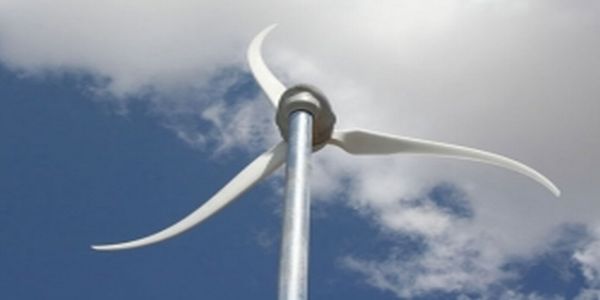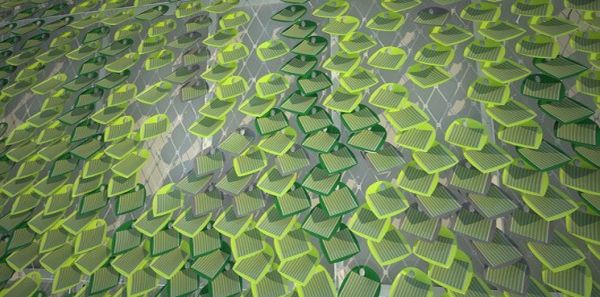
The rising prices of energy have forced us to reduce our consumption of energy in order to keep our expenses under control. The energy costs at home are jumping regularly these days but this does not mean that we should stop using energy sources. There is no doubt in the fact that our life is dependent on energy.
We have several power consuming appliances in our home including TV, computers, music system, refrigerators etc. But the monthly electricity bill is something which has become a matter of serious concern for all of us. It will be impractical to say that we will reduce our energy usage so the best way to tackle this problem is by generating green power at home.
Here are some methods to generate green power for your home.
1. Cow Poo Power

Marin County rancher Albert Straus possesses brilliant innovative skills as he has come up with ways to generate energy using 270 cows. He uses the energy generated by the manure of these cows to run his dairy farm and organic creamery. Straus also runs his electric car from this energy. Straus uses a 75 kilowatt generator and an electrical panel to use this energy. The power grid runs from the power generated from a lagoon filled with the poop of this herd of cows. Struasâs new methane digester system is worth $280,000. Straus was funded by the California Energy Commission for his project. It is expected that the methane digester will save around $6,000 in energy costs per month.
2. Sound Power

University of Utah Physicist Orest Symko deserves credit for coming up with a technology that can generate electricity using heat and sound. Symko has worked with his students to develop his idea. We know that when heat is applied to an enclosed area it expands the air inside the enclosed area, which in turn increases the pressure inside the area. When this air is allowed to move through an opening it produces a simple sound and Symko and his students have used this simple process to come up with a novel idea. You need direct the frequency in a focused manner to generate energy from this simple sound. âPiezoelectricâ devices are used to generate electricity by transforming the sound.
3. Spinach Powered House

Spinach Powered House derives energy from the sunlight but like other solar-powered houses this house has no photovoltaic cells fitted solar panels. Now the question is how does this house uses sunlight to generate electricity? The house is covered with a skin which is based on a solid-state photosynthetic solar cell. The skin has a protein called Photosystem I which makes use of sunlight to generate electricity. Photosystem I is derived from spinach. MIT researchers have developed this system which is still in its initial stages and the researchers need to work on it to make it more feasible and affordable.
4. Home Windmill Power

The economic crisis and environmental degradation has forced many companies and innovative entrepreneurs to come up with ideas to generate electricity using alternative sources of energy, which are cheap and pollution free. One such way of generating green energy is the use of home windmill power. If used properly, the windmill can generate clean and green energy which you can use for your basic needs. You can learn the technique to generate windmill power at home by making use of information available on internet. You can create windmill for just $200.00. It is interesting to note that the home windmill can reduce your utility bill by a whopping 70%.
5. Solar Ivy

Mansions-inspired Solar Ivy is designed and manufactured in collaboration with SMIT. Conductive ink is used to print the cells of Solar Ivy. The cells look like ivy leaves. These leaves trap solar energy and are also use as a shade screen. The idea is the brain child of Samuel and Teresita Cochran. The brothers developed the idea in 2005 for a thesis on Sustainably Minded Interactive Technology. Solar Ivy is now a full fledged business. You can also find the light weight and flexible Solar Ivy at the Museum of Modern Art’s “Design and the Elastic Mind” exhibition in New York. Photovoltaic panel are fitted in the leaf which is worth around US$18.




